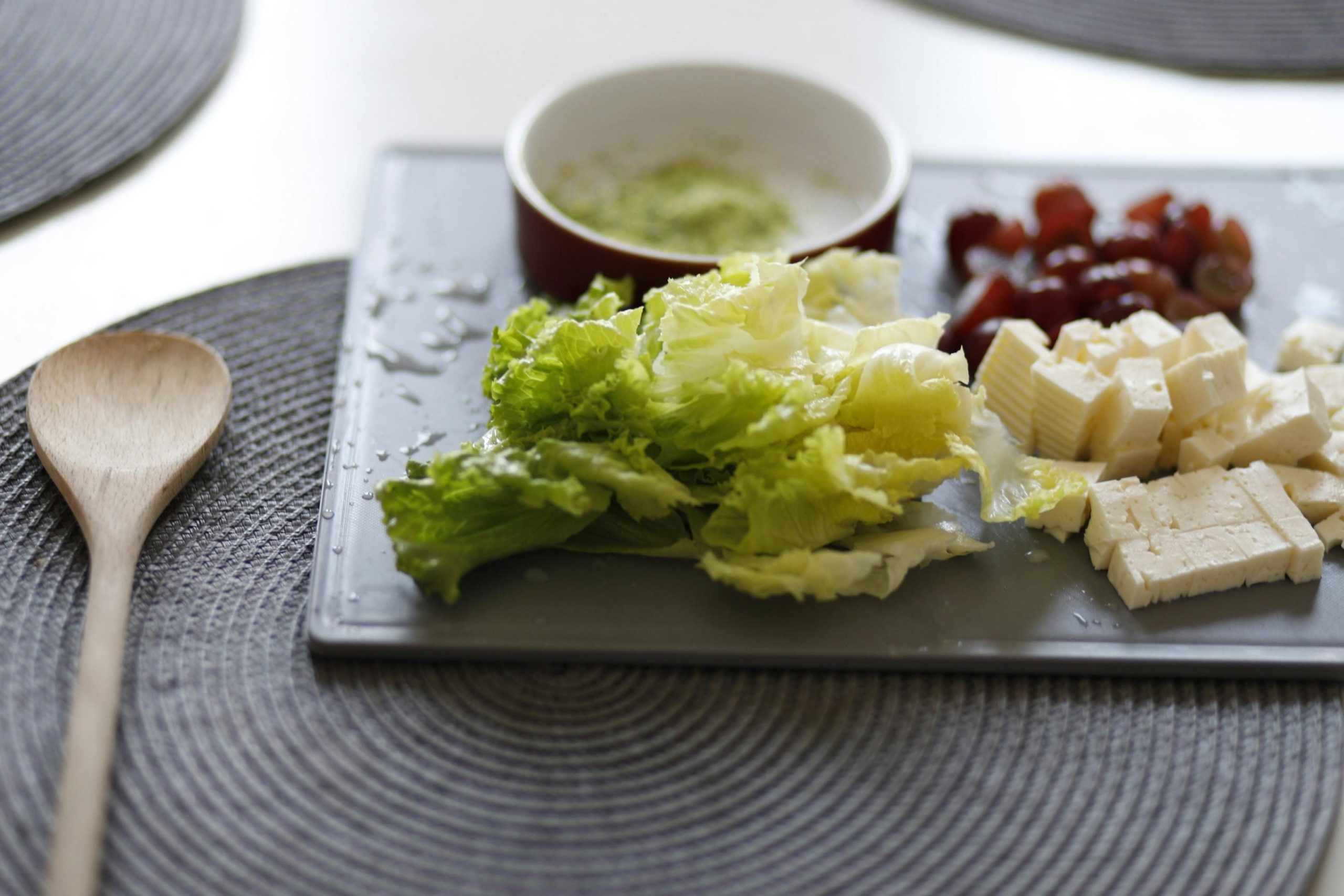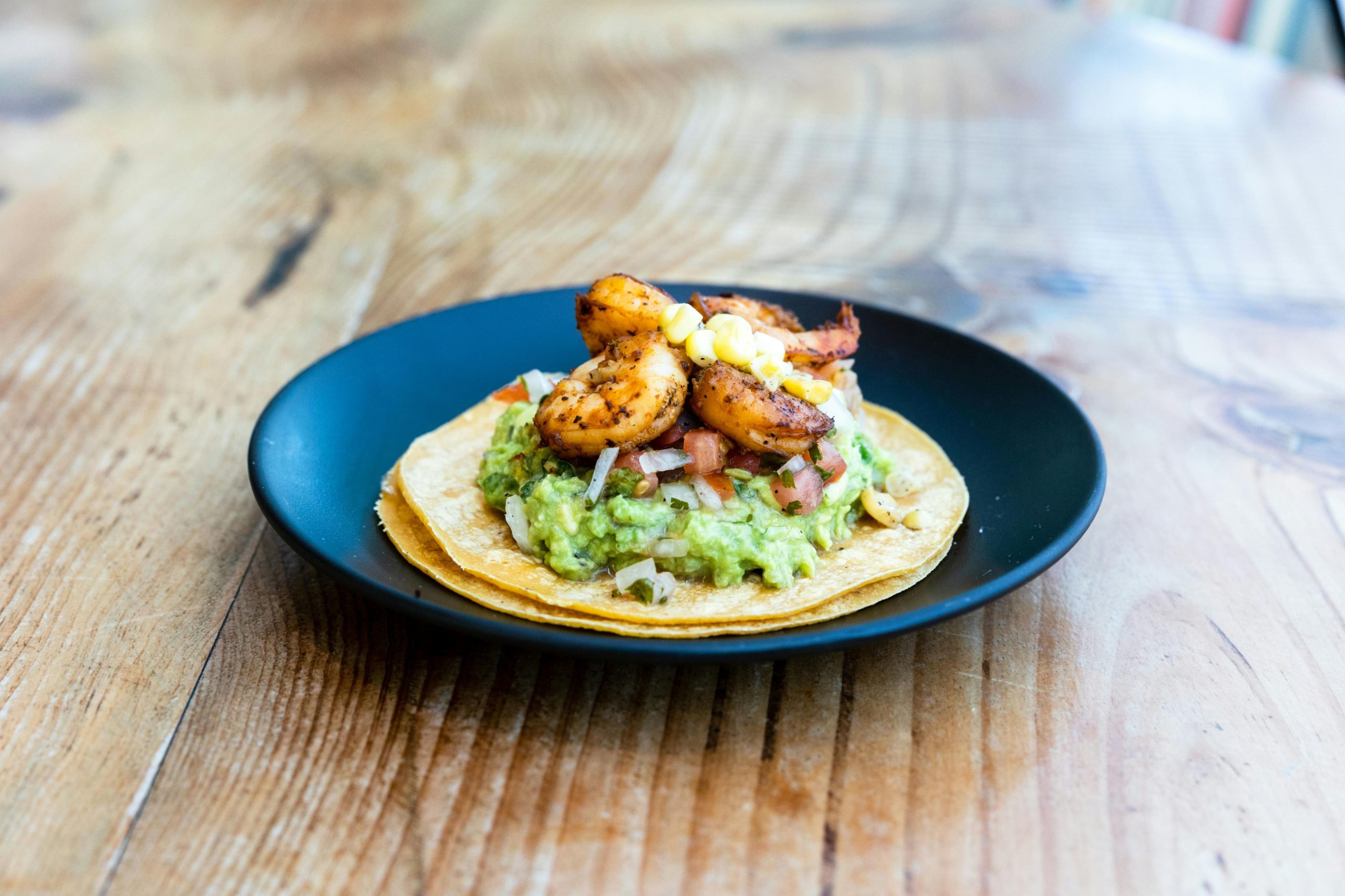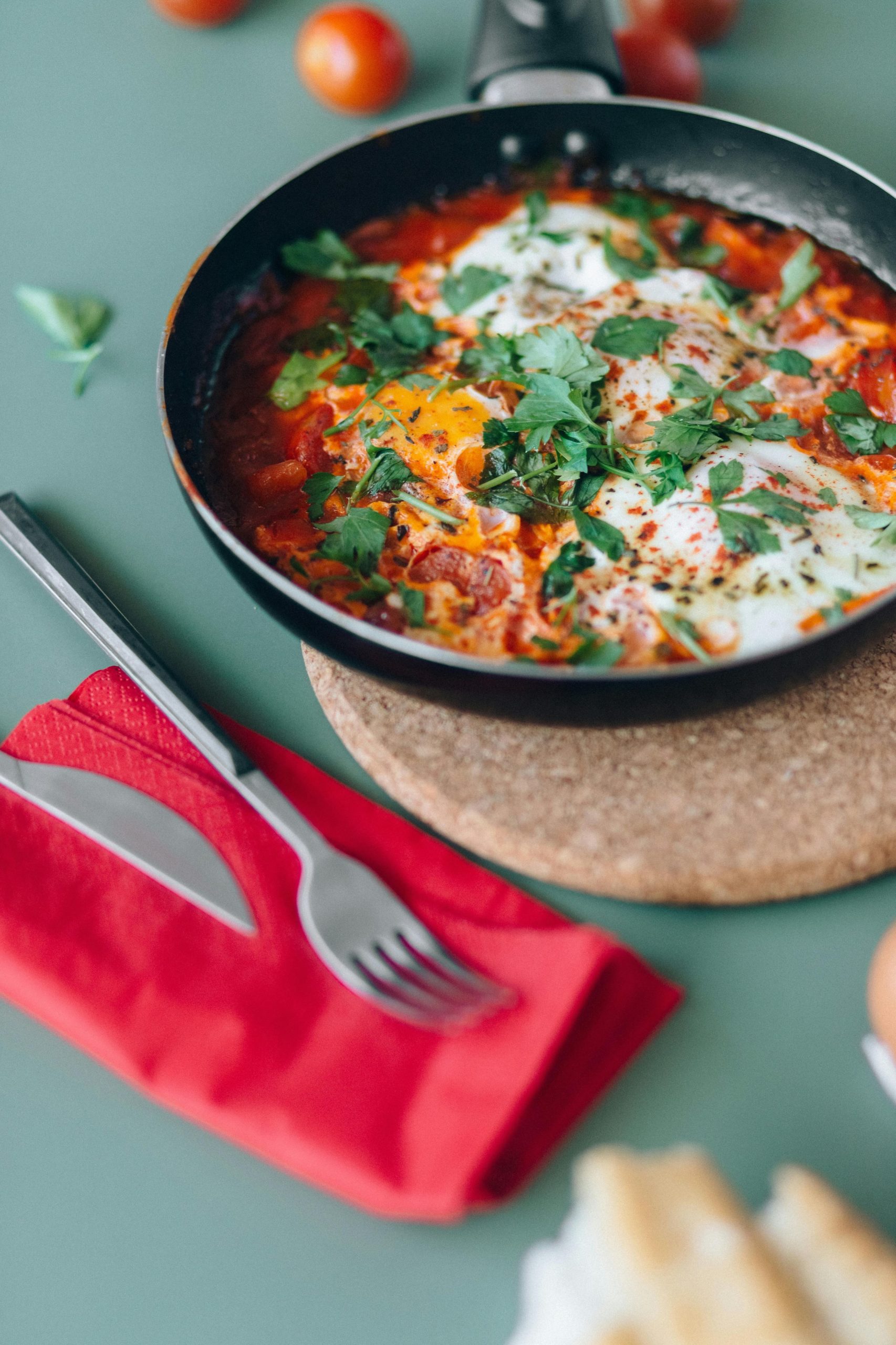Ever wondered about the fascinating world of tortas and their diverse forms across the globe?
Whether you’re a food enthusiast or just curious about different culinary traditions, the term “torta” can be confusing due to its varied meanings in different cultures.
A torta can refer to anything from a cake in Latin America, a flatbread in Spain, to a hearty sandwich in Mexico, and even an omelette in the Philippines.
In this comprehensive exploration, we’ll delve into the origins, evolution, and various interpretations of tortas, including regional recipes, preparation methods, and cultural significance, providing you with a deeper understanding and appreciation of this versatile dish.
The Origin and Evolution of Tortas
The term “torta” has a rich and varied history, reflecting its widespread use across many cultures and cuisines. Originating from the Latin phrase torta panis, which means “twisted bread,” the term has evolved to encompass a range of dishes, from cakes and sandwiches to flatbreads and omelettes. This evolution underscores how food terms can adapt and change, taking on new meanings that reflect local culinary practices and ingredients.
In exploring the origin of tortas, it’s fascinating to see how this culinary term bridges different food traditions. Whether it’s a lavish cake at a Latin American birthday party, a hearty sandwich in the bustling streets of Mexico, or a simple flatbread in Spain, the torta is a testament to culinary adaptability and creativity. This diversity not only enriches our dining tables but also our understanding of how food can be a powerful expression of cultural identity.
Tortas as Cakes: Regional Varieties and Recipes

In many parts of Europe, “tortas” refers to various types of cakes that are integral to local celebrations and daily life. For instance, in Italy, tortas are often lavish creations filled with ingredients like ricotta cheese, fruit preserves, or chocolate, each recipe reflecting regional tastes and traditions. Similarly, in Hungary and Germany, the term aligns with layered sponge cakes known as “tortes,” which feature luxurious cream or fruit fillings.
Moving to Latin America, the term “torta” evokes images of grand, layered cakes, commonly featured at weddings and birthdays. These cakes are not only a treat for the palate but also a centerpiece of the celebration, showcasing intricate designs and bold flavors. In contrast, in countries like Uruguay, a “torta frita” is a simple fried flatbread, enjoyed with a sprinkle of sugar, bridging the gap between sweet and savory preferences.
Exploring Flatbreads Known as Tortas

In Spain, the term “torta” often describes various forms of flatbreads that have become beloved over the centuries. The “torta de aceite,” for example, is a sweet, crispy flatbread made with olive oil and a hint of anise, enjoyed for its delicate flavor and light texture. These flatbreads are not just a delight to eat but also reflect the historical and cultural influences that have shaped Spanish cuisine.
The preparation of these Spanish flatbreads is both an art and a tradition, often involving simple yet precise ingredients like flour, water, olive oil, and sometimes sweet additions like honey or sugar. The dough is typically rolled thin and cooked until crisp, making these tortas a perfect accompaniment to a variety of dishes or enjoyed on their own as a snack.
Omelettes Around the World: The Torta Variations
Around the world, the term “torta” also refers to a variety of omelette dishes, each adapted to local tastes and ingredients. In the Philippines, for example, “tortas” such as the “tortang talong,” an eggplant fritter, and the “tortang kamote,” made with sweet potato, are popular everyday foods. These dishes are not only delicious but also highlight the adaptability of the torta concept in incorporating local produce and flavors.
In Spain and Latin America, omelettes known as “tortas” may include simple ingredients like eggs and vegetables or be more elaborate with the addition of meats and spices. These variations show the flexibility of the torta to merge with regional culinary practices, making it a beloved dish whether served for breakfast, lunch, or dinner. Each version of the torta omelette offers a glimpse into the local lifestyle and dietary preferences, further enriching the global tapestry of torta dishes.
The Mexican Torta: A Staple Sandwich

The Mexican torta is a staple sandwich that captures the essence of Mexican street food culture. Known for its robust flavors and satisfying nature, this sandwich is more than just a meal; it’s a part of daily life across Mexico. From bustling city streets to quiet town squares, tortas are enjoyed by people of all ages, showcasing the country’s rich culinary diversity.
Typically, a torta consists of a soft, yet crusty bread filled with a variety of ingredients including meats, cheeses, avocados, and more. The versatility of the torta allows it to be served at any meal, making it a true reflection of Mexican ingenuity in the kitchen. Whether it’s a quick breakfast on-the-go or a hearty lunch, the Mexican torta stands out as a beloved icon in Mexican cuisine.
Carne Asada Tortas: A Flavorful Delight

Carne Asada Tortas are a particularly flavorful delight within the realm of Mexican sandwiches. This version involves juicy, grilled carne asada steak, layered with rich toppings like avocado, cheese, and sometimes a spread of refried beans. The combination of these ingredients between freshly baked bread delivers a taste that is both rich and satisfying.
The preparation of Carne Asada Tortas involves marinating the steak in a blend of spices and grilling it to perfection. Here are a few key ingredients that elevate the flavor:
- Avocado adds a creamy texture,
- Queso fresco or cotija cheese for a salty kick,
- Pickled onions for a touch of acidity.
Choosing the Right Bread for Tortas

Choosing the right bread is crucial for crafting the perfect Mexican torta. The most common types are Telera and Bolillo rolls. Telera is slightly softer with a delicate crust, ideal for absorbing flavors without falling apart. Bolillo, on the other hand, is crustier, offering a satisfying crunch. Both types ensure the bread complements rather than overpowers the rich fillings of the torta.
Perfecting Carne Asada: Marinades for Tortas
The secret to a mouth-watering Carne Asada Torta lies in the marinade. A good marinade not only tenderizes the meat but also infuses it with flavors that define this iconic sandwich. Typical ingredients for a carne asada marinade include:
- Lime juice and orange juice for acidity,
- Chili powder and cumin for heat and depth,
- Garlic and onion powder for robustness.
Once mixed, the steak should be marinated for several hours to allow the flavors to penetrate deeply. Grill the marinated carne asada over high heat to achieve a charred exterior while keeping the inside tender and juicy. This method ensures that every bite of the torta is packed with flavor, making it a dish that’s hard to resist.
Pies Known as Tortas Across the Globe
In several cultures, the term “torta” refers to a type of pie, which can be either savory or sweet depending on the region. For instance, in Italy, a savory torta might be filled with layers of meats, cheeses, and vegetables, resembling a deep-dish pie that is often served during family gatherings or special occasions. This showcases how the concept of a pie as a torta is deeply woven into cultural culinary practices, highlighting regional ingredients and traditions.
In South America, particularly in countries like Chile and Uruguay, tortas take a sweeter turn, often resembling what many would recognize as a traditional cake, but they still fall under the category of pies. These sweet tortas are typically served at celebrations such as birthdays and weddings, and they might include fillings and toppings like fruits, creams, and meringues. This adaptation of the torta highlights the versatility of the term across different cultures, adapting to local tastes and preferences.
Salsa Recipes to Complement Your Torta
Salsa is essential for adding that extra zing to a torta, transforming it from good to unforgettable. Traditional salsas, such as salsa verde or salsa roja, are staples that offer a robust flavor. These salsas blend well with any torta, especially when using ingredients like ripe tomatoes, fresh cilantro, and fiery chilies. For a unique twist, consider adding pickled jalapeños to the salsa verde for an extra kick.
For those who enjoy a bit of creativity, contemporary salsa recipes can provide a delightful contrast to the classic torta fillings. Imagine a mango salsa with chunks of ripe mango, diced red onions, and a splash of lime juice, or a rich avocado salsa that combines creamy avocados with tangy tomatoes and crisp onions. These salsas not only add a fresh dimension to the torta but also complement the savory flavors of the meats and cheeses typically found in these sandwiches.
Assembling the Perfect Torta: Tips and Techniques
Assembling a torta involves careful layering to ensure each bite is flavorful. Start by spreading a base layer, such as refried beans or a flavorful sauce, on the bottom half of your chosen bread. This not only adds taste but also helps to hold the ingredients together. Next, add your main protein—be it grilled chicken, carne asada, or a vegetarian option like marinated tofu. Make sure the protein is well-seasoned to act as the flavor foundation of your torta.
After the protein, it’s time to add freshness and crunch. Layer ingredients like:
- sliced avocado,
- crisp lettuce,
- fresh tomatoes.
These components contribute not just texture but also freshness, balancing the rich flavors of the beans and protein. Finally, a sprinkle of cheese such as queso fresco or a drizzle of extra sauce can be added before topping it with the other half of the bread. Press down gently to meld the flavors and serve immediately to enjoy the blend of textures and tastes.
Crafting Plant-Based Tortas: A Guide
Crafting plant-based tortas involves substituting traditional meat fillings with hearty, flavorful alternatives that still resonate with the authentic taste of a classic torta. Ingredients like soy curls, jackfruit, or marinated tofu can mimic the texture and flavor of meats such as carne asada or pollo asado. To enhance these fillings, consider marinating them in traditional spices and grilling or sautéing to develop a rich, savory flavor. This approach ensures the plant-based torta remains a satisfying and delicious option.
In addition to protein substitutes, other components of the torta can easily be adapted to suit a plant-based diet without sacrificing taste. Here are some popular vegan-friendly options that can be included:
- Vegan cheeses such as cashew cheese or store-bought varieties that melt well,
- Creamy spreads like avocado or vegan mayo,
- Pickled or fresh vegetables to add crunch and zest. These ingredients help maintain the traditional layers of flavor and texture found in tortas, making the sandwich both enjoyable and true to its roots.
Authenticity in Tortas: What Makes Them Genuine?
Authenticity in tortas is deeply rooted in regional variations and traditional preparation methods. For a torta to be considered genuine, it must adhere to the culinary standards and ingredients typical of the region it represents. For instance, a torta from Mexico City might include avocado, refried beans, and chilies, while one from the coastal areas could feature seafood and fresh vegetables. These regional specialties are what set authentic tortas apart from more generic versions.
Experts in Mexican cuisine often emphasize the importance of local ingredients and traditional cooking techniques to maintain the authenticity of tortas. Here are a few elements they might highlight:
- Local cheeses like queso fresco or cotija,
- Freshly baked bread specific to the area, such as Bolillo or Telera,
- Homemade salsas prepared with locally grown tomatoes and chilies.
These components are crucial for crafting a torta that is not only delicious but also true to its cultural and regional origins.
The Art of Making Tortas: A Comprehensive Guide
Making a torta begins with selecting high-quality ingredients. Freshness is key, so choose ingredients like ripe avocados, crisp lettuce, and fresh bread like Bolillo or Telera rolls. The protein, whether it’s carne asada, grilled chicken, or a vegetarian option like marinated tofu, should be well-seasoned and cooked to perfection. Here’s a quick checklist for the initial steps:
- Select fresh, crusty bread
- Choose your protein and season generously
- Gather fresh vegetables and other toppings
After preparing the ingredients, the assembly of a torta is crucial for achieving the perfect balance of flavors and textures. Start by spreading a base layer, such as refried beans or a special sauce, on the bottom half of the bread. Then, layer your chosen protein and add fresh elements like avocado slices and lettuce. Top it off with a sprinkle of cheese and a final drizzle of sauce before closing the sandwich with the top half of the bread. Press gently to integrate the flavors and serve immediately to enjoy the delightful combination of warm and cool, soft and crunchy components in your torta.
Discover Tortas with Indulge: Book Your Culinary Tour Today!
INDULGE offers an exceptional opportunity to explore the rich tapestry of tortas through their curated culinary tours in Zurich. By booking a tour, participants gain firsthand experience with various tortas, guided by local chefs and food experts. This immersive approach not only enhances the understanding of torta varieties but also deepens appreciation for the culinary art behind them.
During these tours, you’ll enjoy:
- Guided tastings that explain the history and evolution of tortas,
- Insights from culinary experts who share their knowledge on selecting ingredients and crafting these dishes,
- A unique chance to taste different regional tortas, each with its own story and flavor profile. This experience is perfect for anyone looking to expand their culinary horizons and enjoy the diverse world of tortas.
Frequently Asked Questions
Are tortas just sandwiches?
No, tortas are not just sandwiches. The term “torta” refers to a variety of dishes across different cultures, including cakes in Latin America, flatbreads in Spain, sandwiches in Mexico, and omelettes in the Philippines. Each type of torta has its own unique preparation methods and cultural significance.
Why do Mexicans call sandwiches tortas?
In Mexico, the term “torta” specifically refers to a type of hearty sandwich. This usage reflects the adaptability and creativity in Mexican culinary traditions, where the torta has become a staple, embodying the robust flavors and satisfying nature typical of Mexican street food culture.








